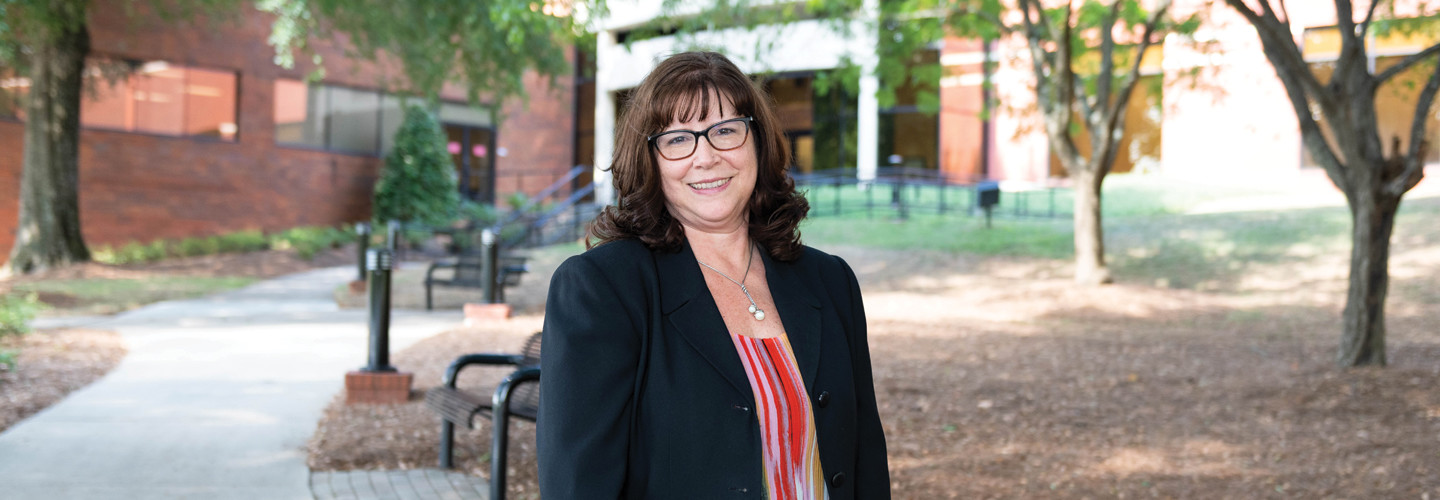How K–12 Schools Can Go to Scale for Remote Learning
GCPS had a sneak peek at the logistics behind remote school days because two of its schools periodically used them. But the district — the largest in the state and 13th largest in the nation, with 180,000 students — learned that such an initiative is complicated by scale.
The first challenge involved traffic slowdowns on both the learning management and professional development systems.
District leaders learned to communicate with vendors as soon as possible when they knew they were taking a District Learning Day so they could add server capacity and increase system monitoring to uncover red flags more quickly, says Kennedy.
“We’ve established protocols with our providers, so we know exactly what we need to do and what they need to do to be prepared,” she says.
On District Learning Days, IT workers can check out hotspots that allow them to remotely monitor and access the school’s network, even if they lose power or internet service at home.
Because many GCPS students bring their own devices to school, officials knew some didn’t have access to computers and Wi-Fi for home-based assignments.












